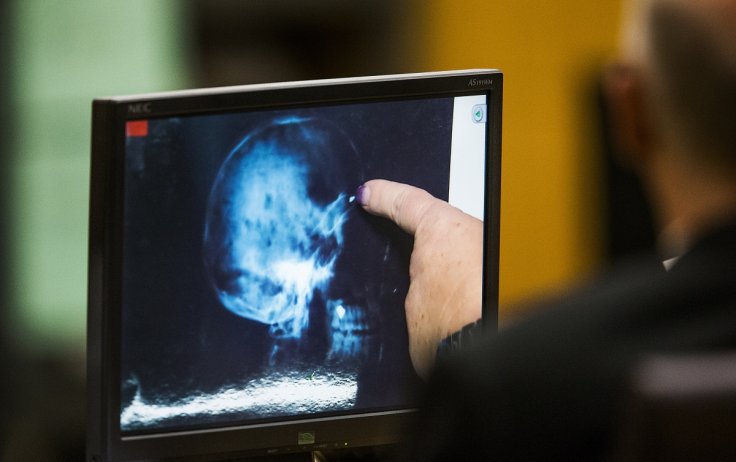
Scientists have developed a new system by using Artificial Intelligence (AI) to diagnose and classify brain haemorrhages much faster, as well as to provide the basis of its decisions from relatively small image datasets.
The researchers, who were involved in this study said that such system could become an important tool for the emergency department at a hospital during the evaluation process of a patient with symptoms of a potentially life-threatening stroke. They believe that this system will allow the medical team to take a rapid decision about the treatment of the patient during such a crucial time.
The co-author of the study, Sehyo Yune from the Massachusetts General Hospital (MGH) in US said, "Some critics suggest that Machine Learning (ML) algorithms cannot be used in clinical practice because the algorithms do not provide justification for their decisions."
As per the study, which was published in the journal Nature Biomedical Engineering, to train the system the team began with 904 head CT scans, each consisting of around 40 separate images that were labelled by the five neuroradiologists, as to whether they depicted one of the five haemorrhage subtypes, based on the location inside the brain, or no haemorrhage. Then to improve the accuracy of this high-tech system, the researchers built in steps following the way radiologists analyse images.
Later, the team tested the model system on two separate sets of CT scans. A retrospective set was taken before the system was developed, consisting of 100 scans with and without 100 intracranial haemorrhages and a prospective set of 79 scans with and without 117 haemorrhages was taken after the model system was created.
The results of the analysis of the retrospective set showed that the model system perfectly detected and classified intracranial haemorrhages as the radiologists that had reviewed the scans had been. They said that in terms of the analysis of the prospective set it proved to be much better than non-expert human readers.









